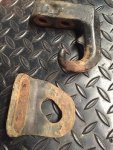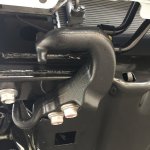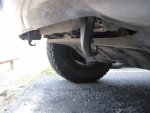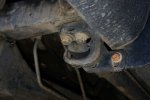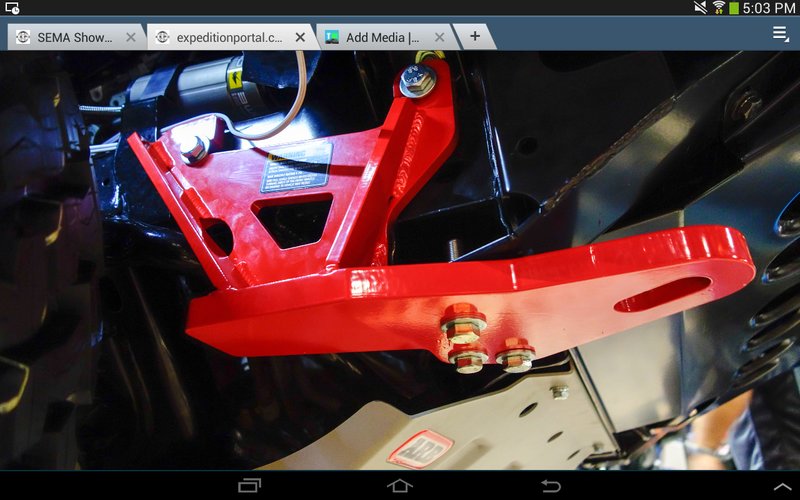DaveInDenver
Middle Income Semi-Redneck
I suspect that ARB knows a lot about their bumpers and some smaller manufacturers and shops would have access to SolidWorks or Pro/E. Whether they have the analysis packages is impossible to know, but it's not outside the realm to think even a custom fabricator could do FMEA the same as Toyota or ARB (e.g. anyone willing to build roll cages ought to be able to do this). The liability to publishing this information or making claims based on it would, I think, preclude any disclosure.For an accurate answer to that question you should contact each builder and ask. Answers from this forum will be more conjecture than fact.
ARB advertises that is has "invested heavily in vehicle crash barrier tests to validate the performance and compliance of its air bag compatible bull bars. . . ," but does not detail any other type of stress testing (if any), nor does it publish exactly how the "crash barrier tests" were performed. I am not aware of any other custom bumper fabricator for the 2005-2015 Xterra that advertises or publishes any testing procedures or results.
It's easier to say this clevis tab or 2" square receiver are "not for recovery or towing use" despite knowing full well they are built strong and capable of being rated. That's why I think we as end customers all we can do is ask, use our best judgement and rely on experiences of others to really decide.


